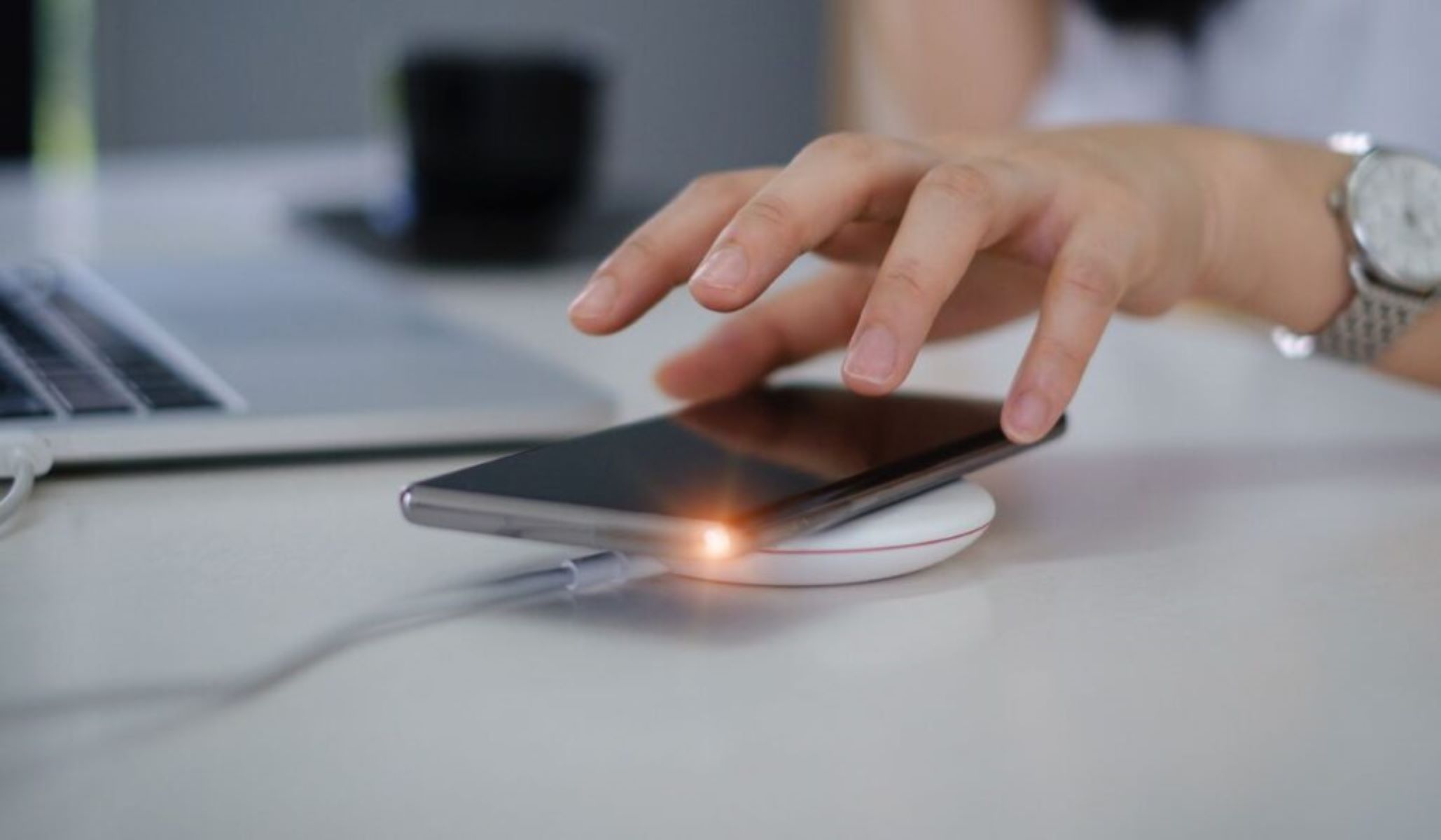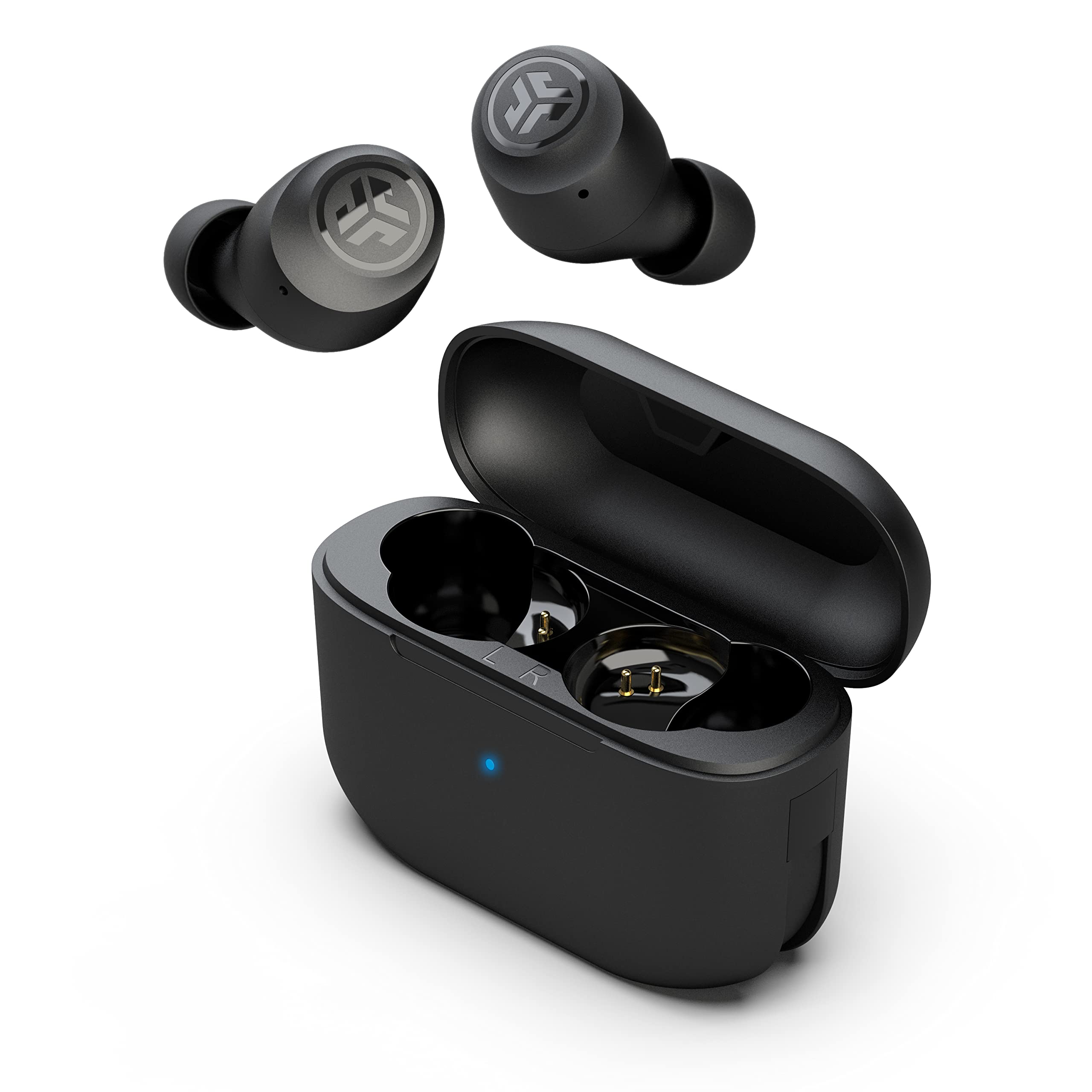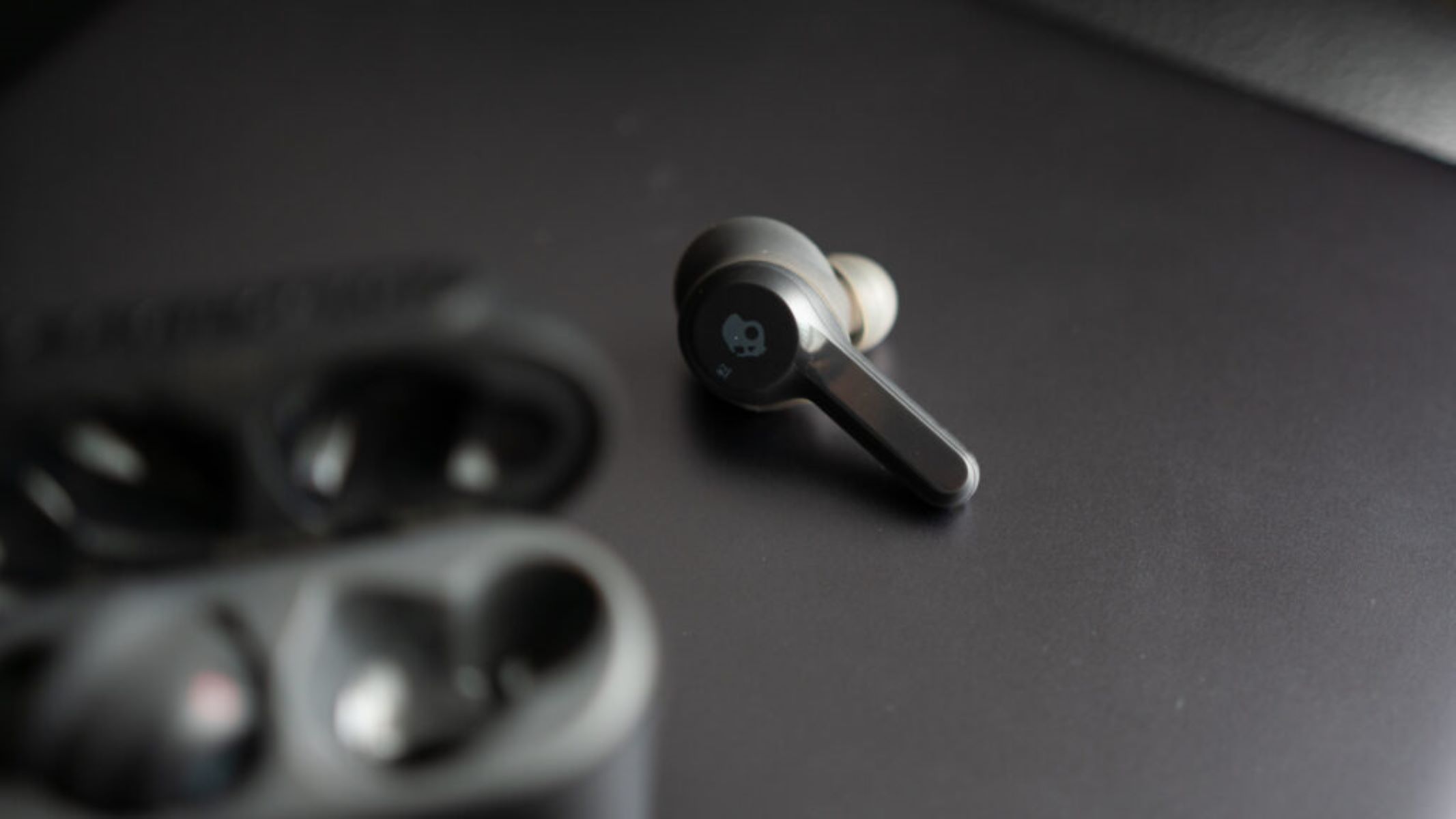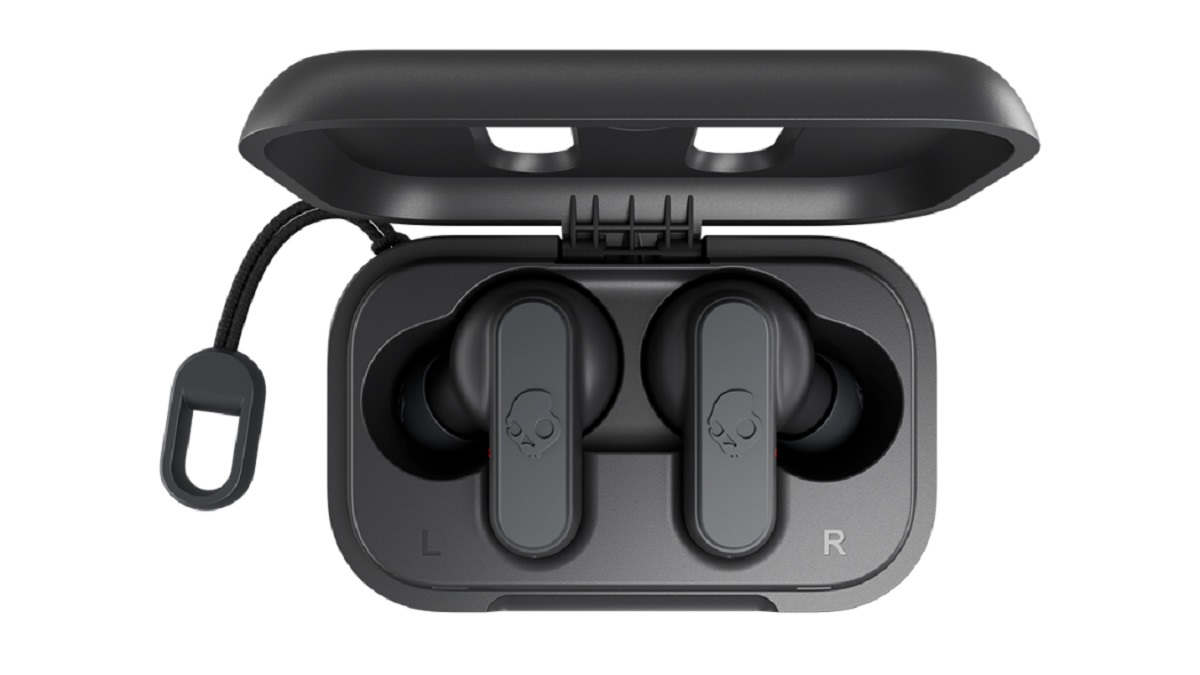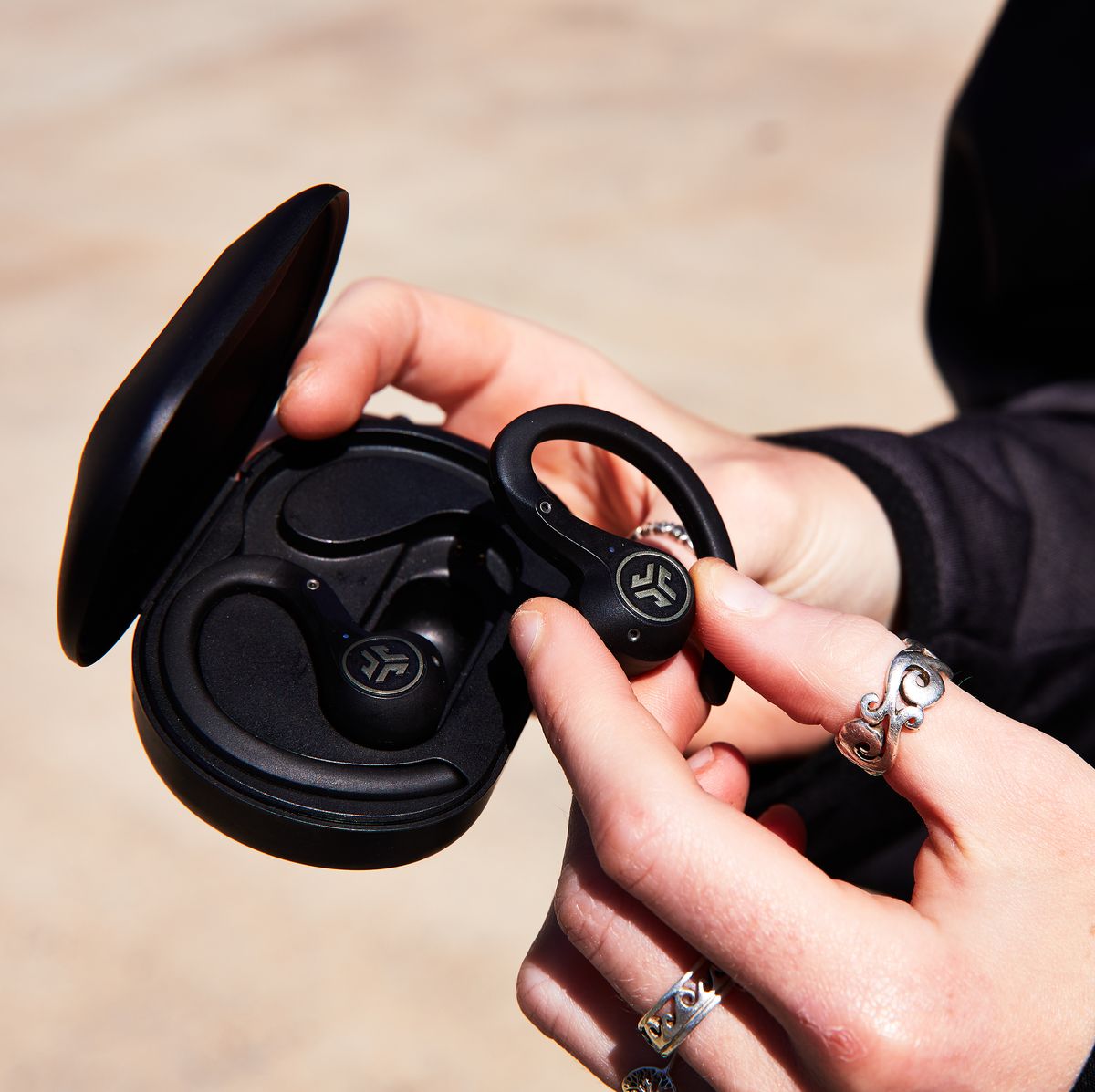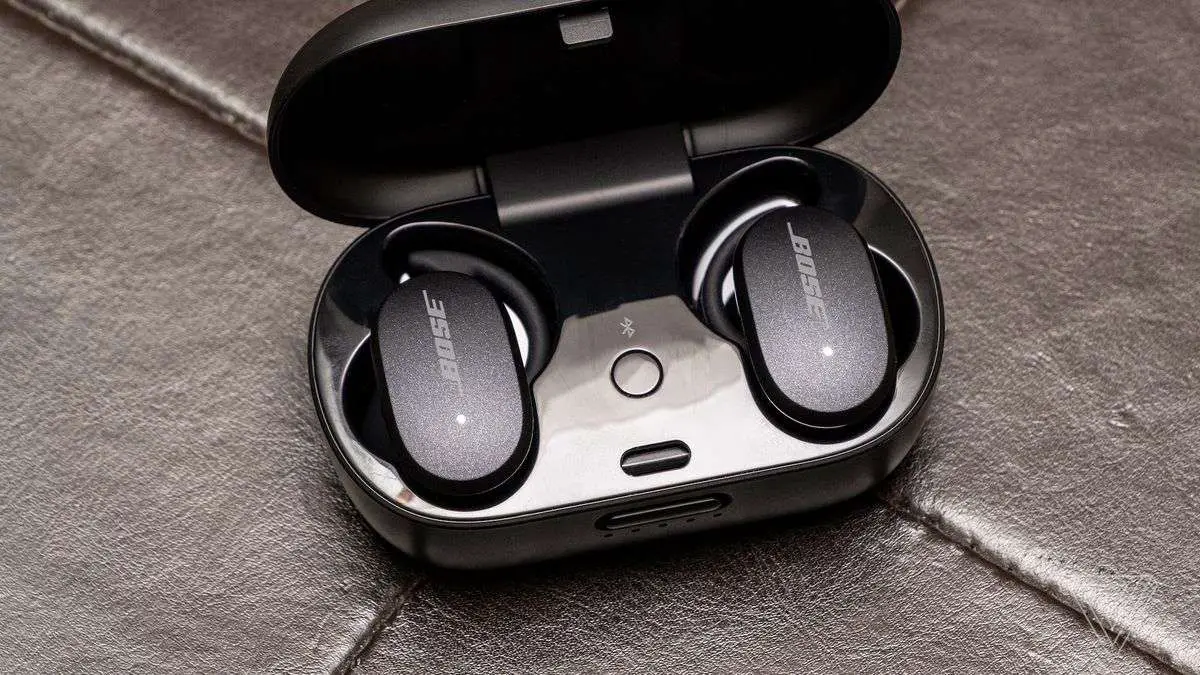Introduction
Wireless charging has revolutionized the way we power our devices. Gone are the days of fumbling with tangled cords and searching for available wall outlets. With the advent of this technology, simply placing your phone or other compatible device on a charging pad is all it takes to replenish your battery.
Imagine the convenience of not having to constantly plug and unplug your device every time you need a charge. Wireless charging provides a solution that is not only hassle-free but also aesthetically appealing, eliminating the clutter of cords and cables.
In this article, we will delve into the world of wireless charging, exploring the different technologies and methods available to power up your devices. Whether you’re an iPhone user, an Android enthusiast, or a Samsung Galaxy fan, we’ve got you covered with step-by-step instructions on how to enable wireless charging on your specific device.
Furthermore, we will address common issues and troubleshooting tips to ensure a seamless charging experience. So, without further ado, let’s dive into the wireless charging universe and learn how to harness its power.
What is Wireless Charging?
Wireless charging, also known as inductive charging, is a technology that allows devices to charge without the need for physical cables or connectors. Instead, it uses electromagnetic fields to transfer energy between a charging pad or station and the device that needs to be charged.
Essentially, wireless charging works on the principle of electromagnetic induction. A charging pad or station contains a coil that generates an alternating magnetic field when electricity passes through it. On the device side, there is another coil that receives the magnetic field and converts it back into electricity to charge the battery.
This technology offers a convenient and efficient way to power up your devices. By eliminating the need for cables, wireless charging makes it easier to charge multiple devices simultaneously and reduces the wear and tear on charging ports.
Wireless charging is becoming increasingly popular, and you can find it in a wide range of devices, including smartphones, tablets, smartwatches, and even some laptops. The ability to simply place your device on a charging pad without the hassle of plugging in a cable has made wireless charging a sought-after feature in today’s tech-savvy world.
It’s important to note that wireless charging requires the device to be placed in close proximity to the charging pad or station, usually within a few centimeters. The effectiveness of wireless charging may also be affected by certain materials, such as thick cases or metallic surfaces, which can hinder the transfer of energy.
Now that we have a basic understanding of wireless charging, let’s explore how this technology works in more detail and the different types of wireless charging technologies available.
How Does Wireless Charging Work?
Wireless charging operates on the principle of electromagnetic induction. It involves two main components: a transmitting pad or station and a receiving device. Let’s take a closer look at how these components work together to wirelessly charge your devices.
The transmitting pad or station, also known as the wireless charger, contains a coil that is responsible for generating an alternating current (AC) when connected to a power source. This current creates an alternating magnetic field around the coil.
When you place your device, equipped with a compatible receiver coil, on the charging pad, the alternating magnetic field induces a current in the receiving coil. This current is then converted back into direct current (DC) to charge the device’s battery.
The efficiency of wireless charging largely depends on the alignment between the transmitter and receiver coils. The closer and better aligned they are, the more efficient the energy transfer will be.
Wireless charging works on the principle of resonant coupling, where the transmitting and receiving coils resonate at the same frequency. This ensures maximum power transfer between the two coils.
It’s important to note that not all devices support wireless charging out of the box. In some cases, you may need to purchase separate wireless charging accessories or add-ons to enable wireless charging functionality on your device.
As wireless charging technology continues to evolve, we are seeing advancements such as faster charging speeds and extended charging distances. These improvements have made wireless charging a viable and convenient option for powering up our devices without the need for traditional cables.
In the next section, we will explore the different types of wireless charging technologies available in the market today. Knowing about these technologies will help you make an informed decision when choosing a wireless charging solution for your device.
Types of Wireless Charging Technologies
There are various types of wireless charging technologies available in the market today. These technologies differ in terms of the charging method, power transmission, and compatibility. Let’s take a look at some of the most commonly used wireless charging technologies:
- Qi Wireless Charging: Qi (pronounced “chee”) is the most widely adopted wireless charging standard. It was developed by the Wireless Power Consortium (WPC) and is supported by major smartphone manufacturers. Qi charging works by using magnetic induction to transfer power from the charging pad to the device. It is compatible with a wide range of devices and supports both slow and fast charging.
- Resonant Wireless Charging: Resonant wireless charging is based on the principle of resonant coupling. It uses resonant coils to transmit power over a short distance. This technology allows for greater flexibility in terms of device placement on the charging pad and can support charging multiple devices simultaneously.
- Fast Wireless Charging: Fast wireless charging is a feature available in certain devices and chargers that allows for quicker charging times compared to standard wireless charging. It typically requires a compatible device and a higher wattage charger to achieve faster charging speeds.
- Wireless Power Consortium (WPC) Extended Power Profile (EPP): The WPC EPP standard enables higher power transfer for charging larger devices such as laptops. It supports power levels of up to 15 watts or more, depending on the specific implementation.
- AirFuel Alliance: The AirFuel Alliance, previously known as the Alliance for Wireless Power (A4WP), focuses on wireless charging technologies that operate using magnetic resonance. This technology allows for greater flexibility in terms of device placement and supports charging over longer distances.
It’s important to note that while there are different wireless charging technologies, devices are often compatible with multiple standards. For example, many smartphones support Qi wireless charging, making them compatible with a wide range of Qi-enabled charging pads and stations.
When choosing a wireless charging solution, it’s important to ensure compatibility between your device and the charging pad or station. Most wireless chargers will clearly indicate the compatible devices, so be sure to check before making a purchase.
Now that we’ve explored the different wireless charging technologies available, let’s dive into the specifics of enabling wireless charging on popular devices such as iPhones, Android phones, and Samsung Galaxy devices.
Is My Phone Compatible with Wireless Charging?
Before diving into the specifics of enabling wireless charging on your device, it’s important to verify if your phone is compatible with this technology. While wireless charging has become increasingly common in recent years, not all devices are equipped with this feature. Here’s how you can determine if your phone supports wireless charging:
- Check the Device Specifications: The easiest way to check if your phone supports wireless charging is to consult the device’s specifications. This information can typically be found on the manufacturer’s website or in the user manual. Look for terms like “wireless charging” or “Qi-compatible” to confirm compatibility.
- Look for the Wireless Charging Icon: Some phones have a dedicated wireless charging icon on the back cover or near the charging port. This icon usually resembles a Wi-Fi symbol with circles or waves, indicating that the device can be charged wirelessly.
- Search online: If you’re still unsure about your phone’s wireless charging capabilities, a quick online search using your phone’s make and model should provide the information you need. Look for reliable sources such as the manufacturer’s website, tech forums, or reputable technology publications.
If your phone is not compatible with wireless charging out of the box, there are still options available to enable this feature. Many manufacturers offer wireless charging cases or adapters that can be attached to your device to enable wireless charging functionality. These accessories usually connect to the device’s charging port and provide a wireless charging coil.
It’s worth noting that wireless charging may not work well with certain phone cases or accessories. Thick cases or cases made of metal materials can interfere with the charging process and reduce the efficiency of wireless charging. It’s recommended to use a compatible case or remove the case altogether when wirelessly charging your device.
Now that you’ve determined whether your phone is compatible with wireless charging, let’s proceed to the next sections where we’ll provide step-by-step instructions on how to enable wireless charging on popular smartphones such as iPhones, Android phones, and Samsung Galaxy devices.
How to Turn On Wireless Charging on iPhone
Apple introduced wireless charging capabilities in its iPhone lineup starting with the iPhone 8 and iPhone X models. If you own one of these models or a newer iPhone, you can easily enable wireless charging by following these steps:
- Check for Compatibility: Ensure that your iPhone model is compatible with wireless charging. The iPhone 8, iPhone 8 Plus, iPhone X, iPhone XS, iPhone XS Max, iPhone XR, iPhone 11, iPhone 11 Pro, iPhone 11 Pro Max, iPhone SE (2nd generation), iPhone 12, iPhone 12 mini, iPhone 12 Pro, and iPhone 12 Pro Max all support wireless charging.
- Get a Qi-Compatible Wireless Charger: Purchase a wireless charging pad or stand that is compatible with the Qi wireless charging standard. Make sure to choose a charger with an appropriate wattage to support your iPhone model.
- Plug in the Wireless Charger: Connect the charging pad or stand to a power source using the included cable and adapter.
- Place Your iPhone on the Charging Pad: Position your iPhone on the charging pad or stand. Ensure that the center of the iPhone’s back aligns with the center of the charging pad to establish a proper connection.
- Verify Charging Connection: Look for the charging indicator on your iPhone’s screen or in the status bar to confirm that it is wirelessly charging. Some models may also emit a charging sound or vibrate to indicate the charging connection.
- Charge Your iPhone Wirelessly: Once your iPhone is properly placed on the charging pad, it will begin wirelessly charging. You can leave it on the pad until it reaches your desired battery level.
It’s important to note that wireless charging may be slightly slower compared to wired charging. However, it provides the convenience of powering up your iPhone without dealing with tangled cables.
Remember to remove any cases or accessories that may interfere with wireless charging to ensure a reliable connection. Additionally, keep in mind that wireless charging ranges may vary depending on the thickness of your iPhone case or any other obstructions.
Now that you know how to enable wireless charging on your iPhone, let’s move on to the next section where we’ll explore the steps to turn on wireless charging on Android phones.
How to Turn On Wireless Charging on Android
Wireless charging has become a popular feature in many Android smartphones. If you own an Android device with wireless charging capabilities, you can easily enable this feature by following these steps:
- Ensure Wireless Charging Compatibility: Check if your Android device supports wireless charging. Many newer Android smartphones, such as Samsung Galaxy devices and Google Pixel phones, come with built-in wireless charging capabilities. However, it’s always a good idea to consult the device’s specifications or contact the manufacturer to confirm compatibility.
- Obtain a Qi-Compatible Wireless Charger: Purchase a wireless charging pad or stand that is compatible with the Qi wireless charging standard. Qi-compatible chargers are widely available and can be found in various designs and wattages. Choose a charger that suits your requirements and preferences.
- Connect the Wireless Charger: Plug the wireless charging pad or stand into a power source using the provided cable and adapter. Make sure to use a reliable power source and the appropriate adapter for optimal charging performance.
- Place Your Android Phone on the Charging Pad: Position your Android phone on the charging pad or stand. Ensure that the center of the phone’s back aligns with the center of the charging pad to establish a proper connection.
- Confirm the Charging Connection: Look for the charging indicator on your phone’s screen or in the status bar. Some Android devices display a battery charging animation, while others may emit a sound or vibrate to indicate the charging connection.
- Begin Wireless Charging: Once your Android phone is properly placed on the charging pad, it will begin wirelessly charging. Keep it on the pad until it reaches the desired battery level.
Please note that the charging speed of wireless charging may be slightly slower compared to wired charging. However, it provides the convenience and ease of charging without the need for cables.
Remember to remove any cases, covers, or other accessories that may interfere with wireless charging. Also, be aware that the charging efficiency may vary depending on the thickness and composition of your phone case.
Now that you know how to enable wireless charging on your Android device, let’s move on to the next section, where we’ll explore the steps to turn on wireless charging on Samsung Galaxy devices.
How to Turn On Wireless Charging on Samsung Galaxy
Wireless charging is a convenient feature offered by many Samsung Galaxy devices. If you own a Samsung Galaxy smartphone that supports wireless charging, you can easily enable this feature by following these steps:
- Check Wireless Charging Compatibility: Verify that your Samsung Galaxy device is compatible with wireless charging. Most recent Galaxy models, such as the Galaxy S series and the Galaxy Note series, come with built-in wireless charging capabilities. However, it’s always recommended to consult the device specifications or contact Samsung support to confirm compatibility.
- Acquire a Qi-Compatible Wireless Charger: Purchase a wireless charging pad or stand that complies with the Qi wireless charging standard. Look for a charger that suits your preferences in terms of design and functionality. Ensure that it supports the necessary wattage for your Samsung Galaxy device.
- Connect the Wireless Charger: Plug the wireless charging pad or stand into a power source using the included cable and adapter. Choose a reliable power source and the appropriate adapter for optimal charging performance.
- Place Your Samsung Galaxy Phone on the Charger: Position your Samsung Galaxy phone on the charging pad or stand. Align the center of the phone’s back with the center of the charging pad to establish a proper connection. Some wireless chargers may have alignment indicators to assist with proper placement.
- Verify Charging Connection: Look for the charging indicator on your phone’s screen or in the status bar. Your Samsung Galaxy device may display an animation or provide a visual indication that it is wirelessly charging. You may also hear a sound or feel a vibration to confirm the charging connection.
- Initiate Wireless Charging: Once your Samsung Galaxy phone is correctly positioned on the charging pad, wireless charging will begin. Leave your phone on the pad until it reaches the desired battery level.
It’s important to note that wireless charging may be slightly slower than wired charging. Nevertheless, the convenience of wireless charging eliminates the need for cables and offers a hassle-free charging experience.
Remember to remove any phone cases or accessories that may interfere with wireless charging, as thickness and material composition can affect the charging efficiency. Additionally, ensure that the charging pad or stand is placed on a stable surface to avoid any accidental displacement of your Samsung Galaxy device during charging.
Now that you know how to activate wireless charging on your Samsung Galaxy device, you can enjoy the convenience of wire-free power replenishment.
Troubleshooting Common Issues with Wireless Charging
While wireless charging offers a convenient way to power up your devices, you may encounter some common issues along the way. Here are some troubleshooting tips to address these issues and ensure a smooth wireless charging experience:
- Proper Placement: Ensure that your device is properly positioned on the charging pad or stand. Make sure the center of your device aligns with the center of the charging pad to establish a reliable charging connection.
- Remove Obstructions: Remove any obstructions between your device and the charging pad. Cases, covers, and pop sockets may interfere with the charging process. Try charging your device without any obstructions to see if it improves the charging performance.
- Power Source: Ensure that the charging pad is connected to a stable power source and that the adapter used is compatible with the wireless charger. Using a low-quality or mismatched adapter may lead to slower charging or no charging at all.
- Phone Case Interference: Some phone cases may be too thick or have metal components that interfere with wireless charging. Remove the case or try a different case that is specifically designed for wireless charging compatibility.
- Device Compatibility: Double-check if your device is compatible with the wireless charger you are using. Some wireless chargers may only support specific device models or charging standards. Consult the manufacturer’s guidelines or support documentation for compatibility information.
- Restart or Reset Your Device: If you’re experiencing issues with wireless charging, try restarting your device or performing a soft reset. This can help resolve any temporary software glitches that may be affecting the charging function.
- Upgrade Firmware or Software: Keep your device’s firmware or software up to date. Manufacturers often release updates that optimize wireless charging performance and address known issues.
- Try a Different Charger: If possible, try using a different wireless charger to see if the issue lies with the charger itself. Occasionally, faulty chargers can cause charging problems.
- Verify Charging Ports and Cable: Verify that the charging ports on both the wireless charger and your device are clean and free from debris. Additionally, check the charging cable for any signs of damage and ensure it is securely connected.
- Consult Manufacturer Support: If none of the above troubleshooting steps resolve the issue, contact the manufacturer’s support for further assistance. They can provide specialized troubleshooting tips or guide you in finding a solution.
Remember that wireless charging may not be as fast as wired charging, so be patient and allow your device ample time to charge. Wireless charging technology continues to improve, and with the right troubleshooting techniques, you can overcome common issues and enjoy the convenience of cable-free charging.
Now that you have troubleshooting tips at your disposal, you can handle any wireless charging issues that may arise with confidence.
Conclusion
Wireless charging has revolutionized the way we power our devices, offering a convenient and clutter-free solution. Whether you own an iPhone, an Android phone, or a Samsung Galaxy device, wireless charging has become increasingly accessible and widespread, giving you the freedom to charge your devices without the hassle of cables.
In this article, we explored the concept of wireless charging and how it works through the principles of electromagnetic induction. We discussed different types of wireless charging technologies, including the Qi standard, resonant charging, and fast charging. We also provided guidance on determining your device’s compatibility with wireless charging and troubleshooting common issues that may arise during the charging process.
Enabling wireless charging on your iPhone involves acquiring a Qi-compatible wireless charger, whereas Android and Samsung Galaxy devices generally adhere to the same Qi standard. By following the step-by-step instructions, you can easily enable wireless charging on your specific device and begin enjoying the benefits of wireless power replenishment.
It’s important to note that while wireless charging offers convenience, it may not be as fast as wired charging and can be influenced by factors such as device placement, case interference, and charging pad compatibility. Nonetheless, by following troubleshooting tips and ensuring proper device alignment, you can overcome these challenges and maximize your wireless charging experience.
As wireless charging technology continues to evolve and improve, we can expect even more advancements such as faster charging speeds, longer charging distances, and increased compatibility. With wireless charging becoming a standard feature in many devices, it’s clear that this technology is here to stay and will play a key role in our increasingly wireless world.
So, make the switch to wireless charging and experience the convenience, simplicity, and freedom it offers in keeping your devices powered up. Embrace the wireless future and say goodbye to the clutter of cables.







